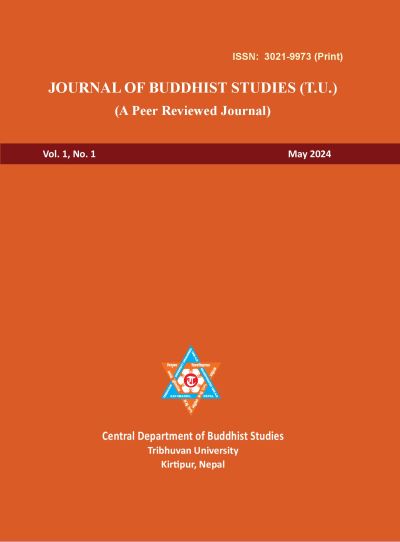Scholastic Tradition and Perpetuation of Knowledge in Buddhism of Medieval Kathmandu Valley
DOI:
https://doi.org/10.3126/jbuddhists.v1i1.75073Keywords:
Abhiṣeka, Mahāvihāra, Manuscript, Scholarship, Tradition, WisdomAbstract
Buddhist manuscripts are the literary heritage and source of Buddhist spirituality extant in Pālī, Sanskrit, Chinese, and Tibetan languages. Nepal has marked extraordinary development of Buddhist scholarship during the medieval times. Nepali Pandits became famous far and wide. Development of Buddhist scholarship largely contributed in Buddhist intellectuality and manuscript culture. Newār Buddhists enormously contributed in Sanskrit manuscript writing that turned Kathmandu valley into an abode of Sanskrit Mss. They are the only extant original textual sources of Sanskrit Buddhism. In modern century, scholars and monks arrived in Nepal to procure manuscripts. It later developed modern scholarship in Mahāyāna Buddhism. It also helped to create manuscripts repositories in India, Tibet China, Japan, France, Germany, Great Britain, Italy, Denmark, Sweden, Russia, and so on. The scholarly tradition gradually came to an end. Manuscript culture remained in sets of performing book rituals. Manuscripts remained only as ritual objects in Nepal.




